The island of Singapore, known as the Little Red Dot and located near the lower end of Malaysia’s mainland, is renowned for its colonial history, billion-dollar sci-fi architecture, lavish gardens and pristine surrounds. It’s also a food lover’s playground with an abundance of fragrant and hearty street food found in government-regulated hawker centres, Michelin-starred haute cuisine (there are 44 starred restaurants in total until date), and all the multi-cultural bites you can imagine in between. It’s a city that never sleeps and never stops feasting.
A National Kitchen
Violet Oon cuts a striking figure with her perfectly coiffed hair, signature red lips and black chef’s jacket as she walks towards me at the National Kitchen by Violet Oon (violetoon.com) situated in The National Gallery, the former city hall and supreme court. In spite of a slight limp and being on a “violent diet”, she says with a chuckle, the 71-year-old chef, restaurateur and food writer, orders us a range of dishes – deep-fried, salty, sour, soupy, creamy and fresh – in colourful porcelain piled side-by-side on the table with no room to spare.
It emulates the Nyonya or Peranakan-style meals her family is known for, eaten at the tok panjjang, or long table. The jewel-box design of the restaurant (she has a few branches) tells the story of the wealthier Peranakan homes, and Oon’s family history.
“Unlike other cultures, entertaining always happened in the home for us,” she says. “Peranakan cookery comprises a fusion of the cultures of Chinese immigrants from Fujian Province, in China’s south-east region and the Malay cooking of Singapore. Home cookery is a vital link to my Peranakan ancestry because it puts me in touch with the soul of the heritage: familiar tastes, smells and textures bring back memories not only of meals but of important life occasions like the wedding and birthday feasts, which I enjoyed as a child,” Oon shares.
Two dishes Oon recommends that visitors to Singapore must try include the spicy-tangy garam Assam fish or prawns, representing the Malay heritage and ngoh hiang – a deep-fried bean curd filled with a pâté made of chicken, prawns, crab, fresh water chestnuts and five-spice, from the Chinese Nyonya side. Peranakan cookery, which is technique-heavy and intricate, involves a laundry list of ingredients such as coconut milk, palm sugar, pandan leaves, shallots, chillies, garlic, turmeric, lemon grass, galangal, belacan (shrimp paste), tamarind, limes and soya sauce.
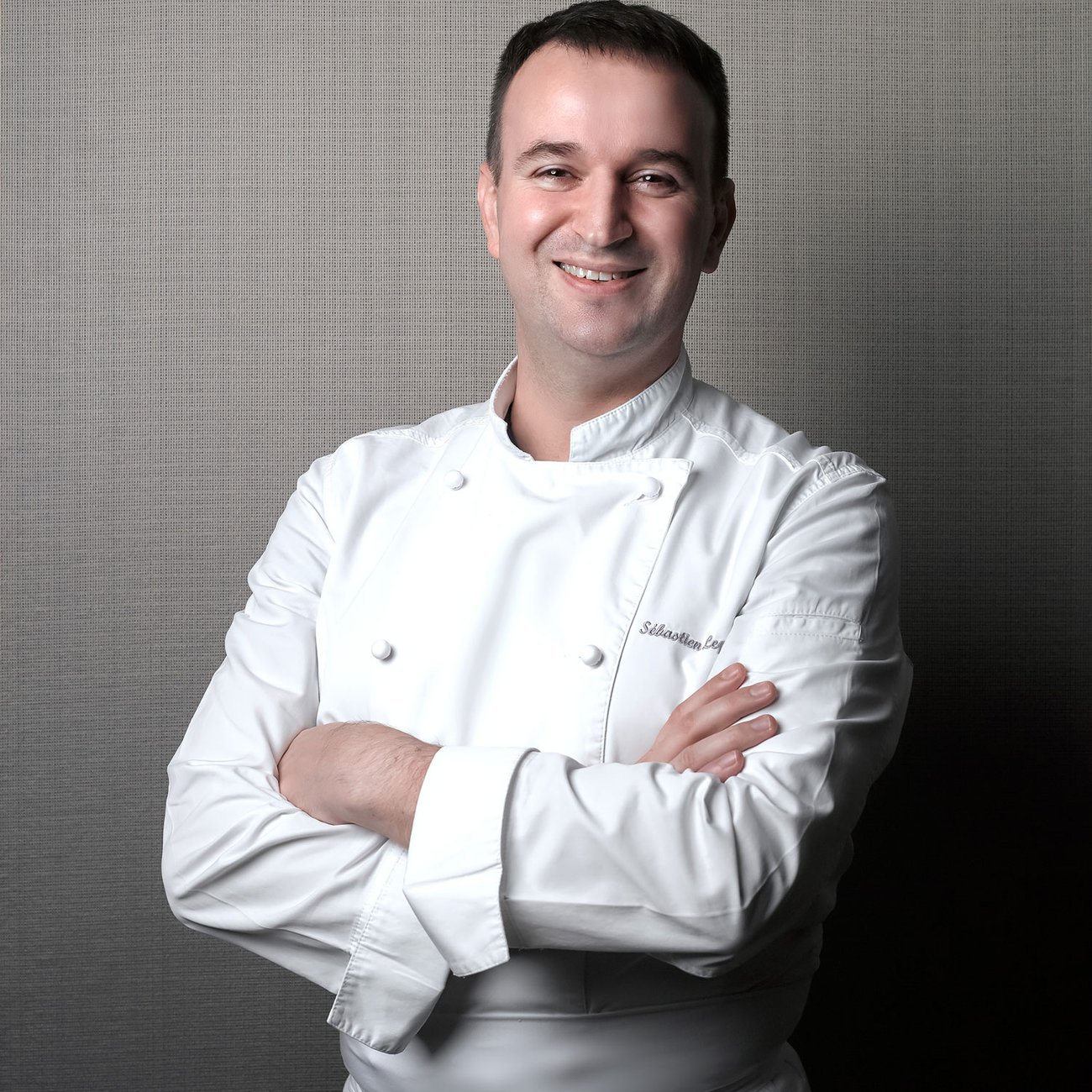
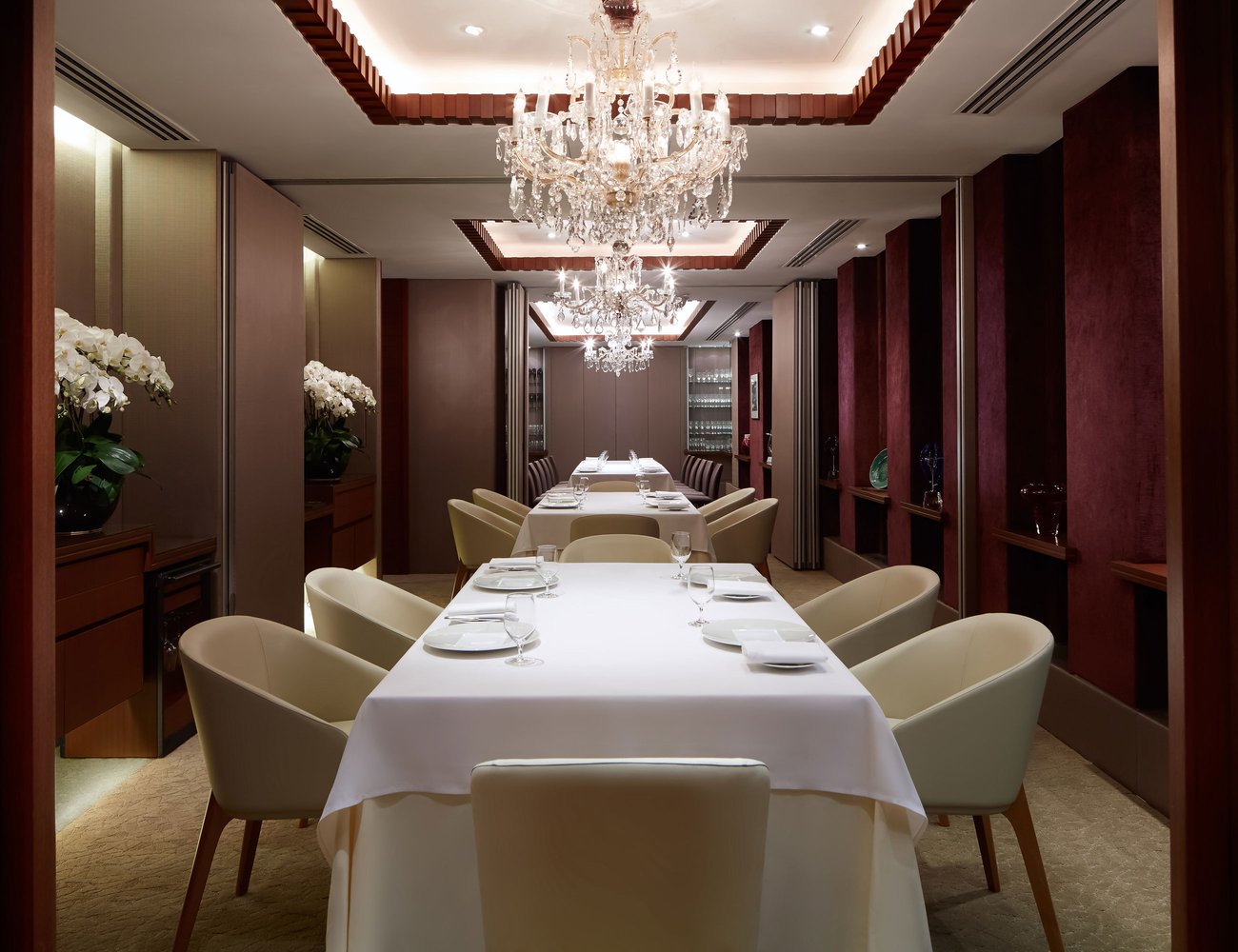
Oui Oui, Chef!
In another wing of the National Gallery lies chef Julien Royer’s three-star Michelin restaurant, Odette (odetterestaurant.com) – an ode to his grandmother and modern French cuisine based on the principle of seasonality. An ethereal setting emphasises the Singapore of discreet business deals and celebrations enjoyed by the local elite.
Diners here could easily feature as the main cast of Crazy Rich Asians. Number 18 on the World’s 50 Best Restaurants list and at the top spot on the Asia’s 50 Best list in 2019, Royer sees his restaurant as far more representative than the customers who enter the door. “Odette is ultimately a celebration of people,” he says. “The people who grow and nurture our produce; the people who cook; the people who serve; and the people who entrust us with the honour of serving them.” Heirloom beetroot, sea urchin, Kampot pepper-crusted pigeon leg and other signatures are all given a place of honour at Odette.
Les Amis (lesamis.com.sg) in the CBD prides itself on its purely haute French cuisine approach since 1994. With three Michelin stars under the belt now, chef Sebastien Lepinoy is true to his French roots, with the most lavish ingredients sourced from all around France. Les Amis’ star pastry chef, Singaporean Cheryl Koh, has created an extension of her genius at Tarte (tarte.com.sg), where you can enjoy confections both sweet and savoury, as a focal point with a cup of tea, and not just an after thought.
And yet more exquisite French gastronomy can be found at the refurbished grande dame, Raffles Hotel, at lauded chef Ann-Sophie Pic’s La Dame de Pic (ladamedepic.com.sg), her first restaurant in Asia. Situated in the hotel’s signature restaurant space, Pic, who forms the third generation of a family of Michelin-starred chefs, serves her customary elegance with hints of Southeast-Asian flavours. Pink and gold announce the femininity of the space where technique and tradition are strong. I linger over the berlingots (Pic’s custom fondue-filled pasta parcels) accented with a local herb called chao cao.
Nestled amongst the tropical greenery of the National Botanical Gardens, chef Jason Tan of Corner House (cornerhouse.com.sg) creates one of the most exciting menus in the city featuring fruit and vegetables or “gastro-botanic” cuisine, as he calls it. It’s a highlight of my visit – consider his love for the humble onion, fashioned into four different manifestations, which plays out as a gastronomic feat.
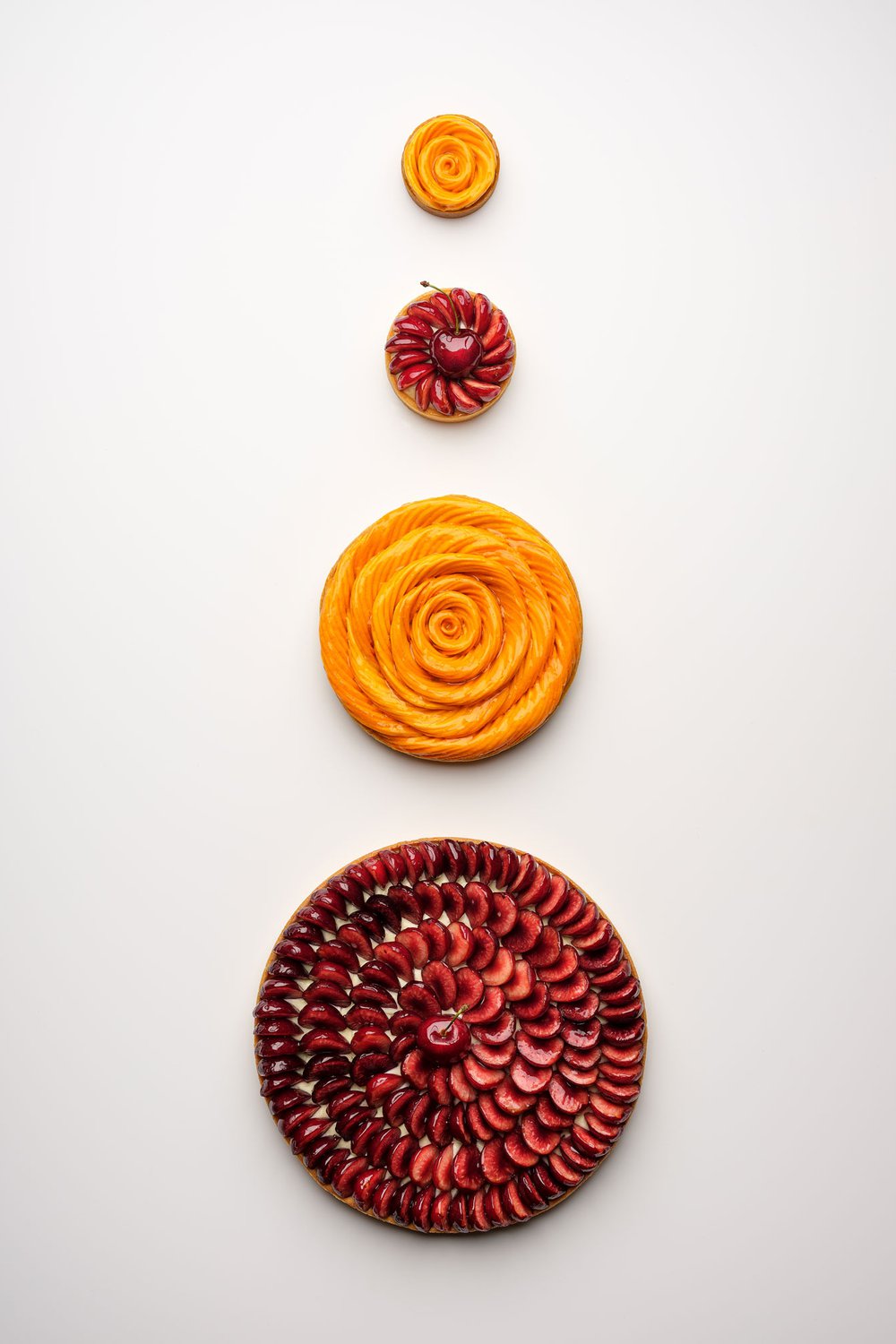
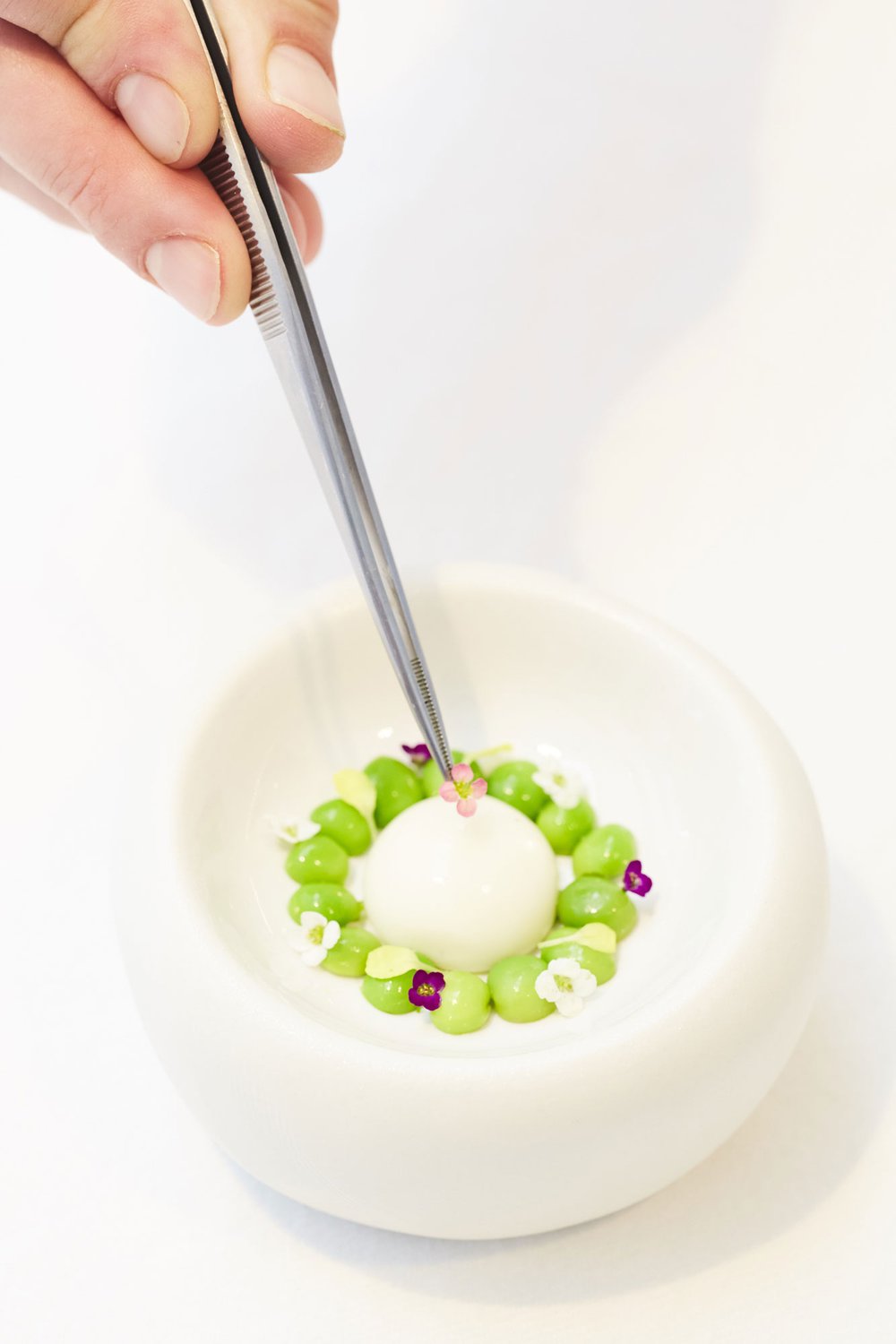
The Ultimate Melting Pot
While Singapore’s impressive fine-dining scene can’t be ignored, there are many more budget-friendly options and these are some of the most fun bites the city has to offer. “Die, die, must try!” says my guide Su Ling of Hello Singapore Tours on our Eat Like A Local tour of the city. The expression is one used to exclaim that something is an “absolute must try”, she says.
Early one morning, we weave our way to Katong in the East Coast area learning about Peranakan heritage and visiting the old shop houses, enjoying kaya toast and coffee [see side bar] and kueh – candy-coloured multi-layered cakes and cookies made from glutinous rice and flavoured with pandan and blue pea flowers.
At the Old Airport Road Hawker Centre, Ling takes us to visit a number of ‘hawker legends’, where we try, amongst others, hokkien mee (stir-fried saucy fragrant noodles with prawns and other toppings) and rojak (a salad where pretty much everything goes). Fresh tender coconuts that are chilled are my only request during our long, hot trek through the city.
A 10-minute (air-conditioned!) bus ride to Kampong Glam, the centre of the Malay community where the impressive Sultan’s Mosque is located, has us tearing into a murtabak, stuffed pan-fried bread filled with mutton curry and later, sipping on hot teh tarik, which is tea pulled or poured from a great height.
In Little India, completing the four main cultural groups that make up Singapore, Ling takes us to a cosy spot squeezed to the brim with locals where we enjoy dosa and a vegetarian thali, and later, Indian sweetmeats rich with cashew nuts and almonds. On the walk home, I seek out a vendor selling chilled coconut water, already planning a dinner of laksa and chilli crab [see side bar] with the locals in the vibrant Geylang neighbourhood.
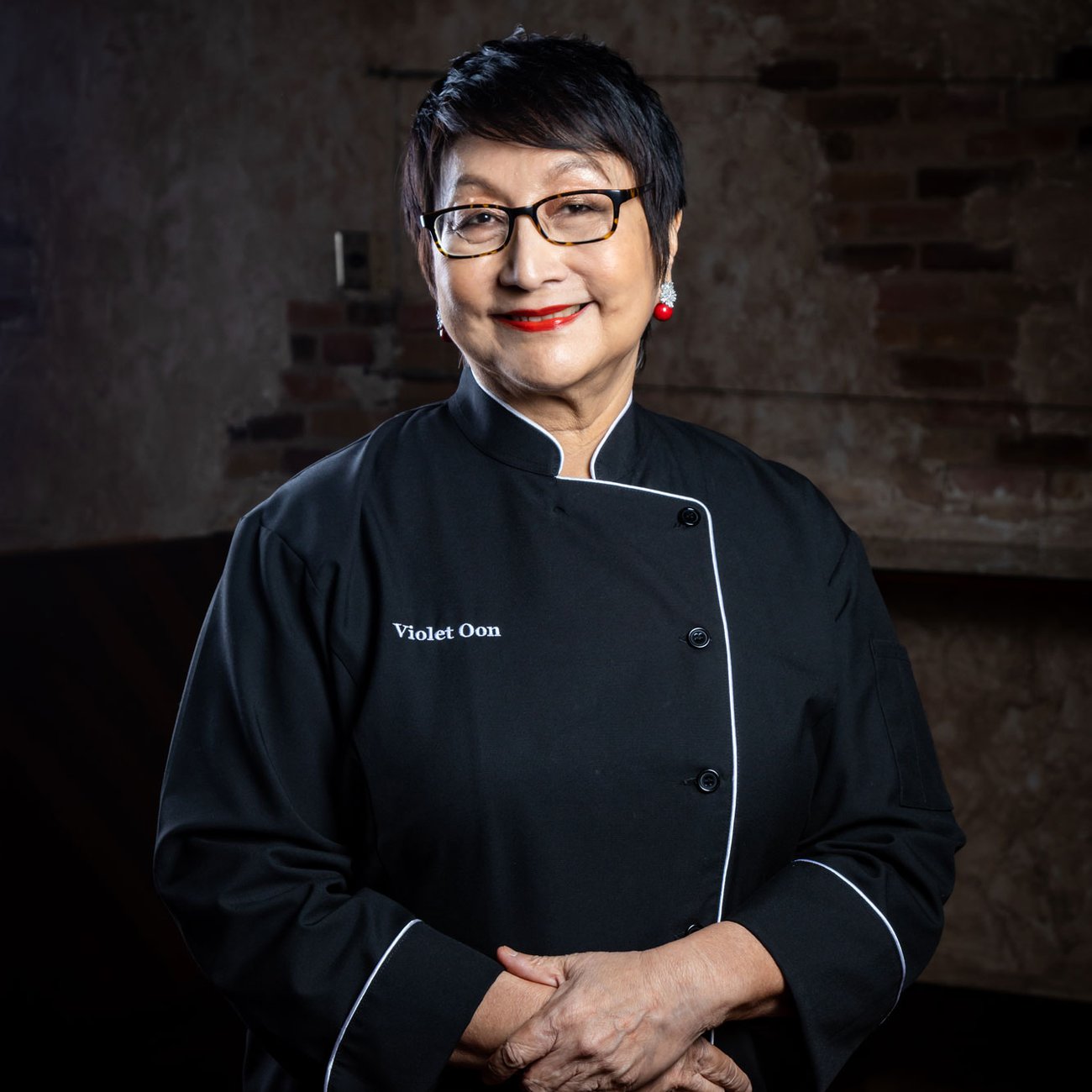
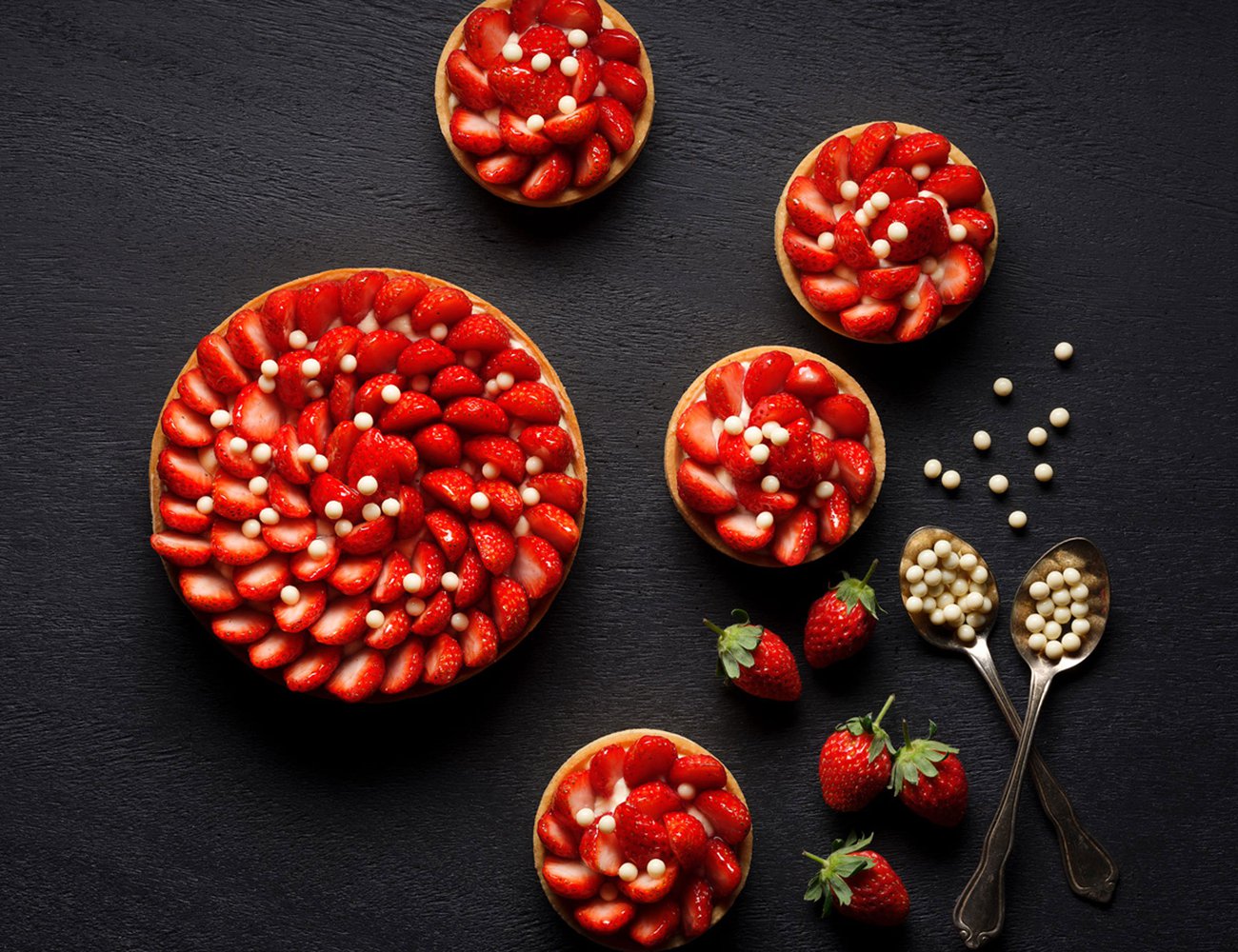
Eat like a local
No visit to Singapore is complete without lingering at the hawker centres and the haunts favoured by locals to sample some of the island’s best bites at affordable prices. Here are some of our favourites:
Kaya Toast and Kopi
The quintessential Singaporean breakfast – white toast is smeared with coconut-and-egg jam while hot, and very runny eggs are quickly whisked, before dunking your toast in the eggy mess. Enjoy with a steaming cup of milky kopi (coffee).
Try it at: Toast Box (toastbox.com.sg) or Yakun (yakun.com), a coffee shop chain found all over the island.
Chilli Crab
One of Singapore’s iconic dishes, mud crabs are simmered in a thick sweet and spicy tomato sauce. It’s best with deep-fried sweet buns and makes for a delicious and messy affair.
Try it at: No Signboard Seafood (nosignboardholdings.com) at its Geylang branch. They are also known for their white pepper crab.
Chicken Rice
Tender, bite-sized poached chicken is served with fragrant rice and chilli paste on the side. It’s a simple, ubiquitous dish but some versions are superior to others.
Try it at: Michelin-starred Hawker Chan (liaofanhawkerchan.com), one of the cheapest one-star Michelin restaurants around. There are a few locations you can check out.









